Scotland on film, from Harry Potter and Trainspotting, to its surprise stand-in role as London, New York and San Francisco
The brooding horizons, misty glens and dramatic castles of Scotland make it a mecca for film crews shooting anything from historical dramas to Bond films and sci-fi adventures, finds Daniel Pembrey.

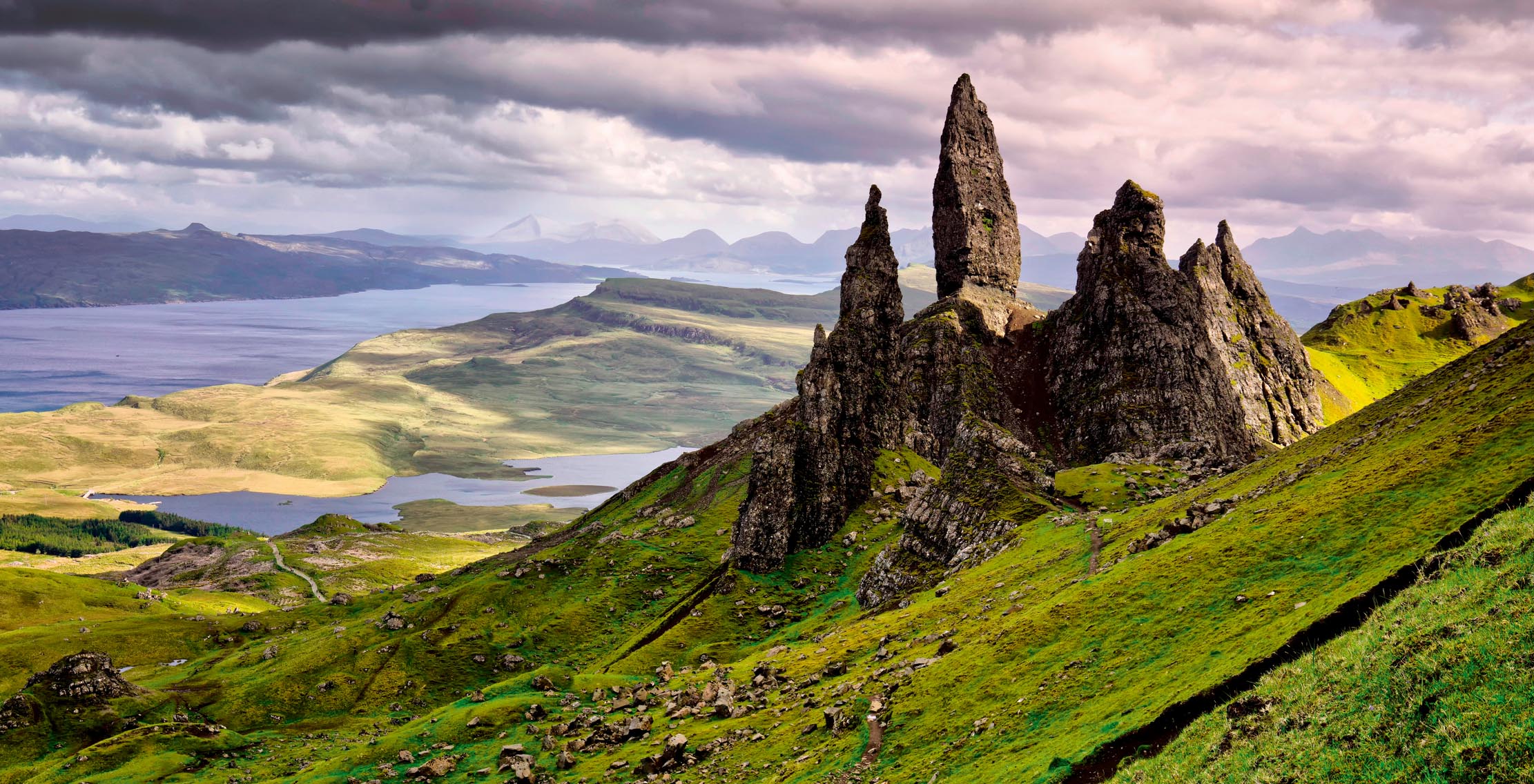
We’ve all been at it — watching more television and films during the pandemic, that is. We shouldn’t feel guilty about this, as demand has helped to drive prodigious growth in quality content production, with British studio space set to more than double from some 3.4 million square feet today.
Studio space only tells half the story, however. Britain is blessed with extraordinary natural settings, authentic ‘props’ and sublimely rich storytelling heritage. Nowhere exemplifies these blessings better than Scotland. As well as memorably playing itself in scores of films, it has doubled as everywhere from New York to Jupiter.
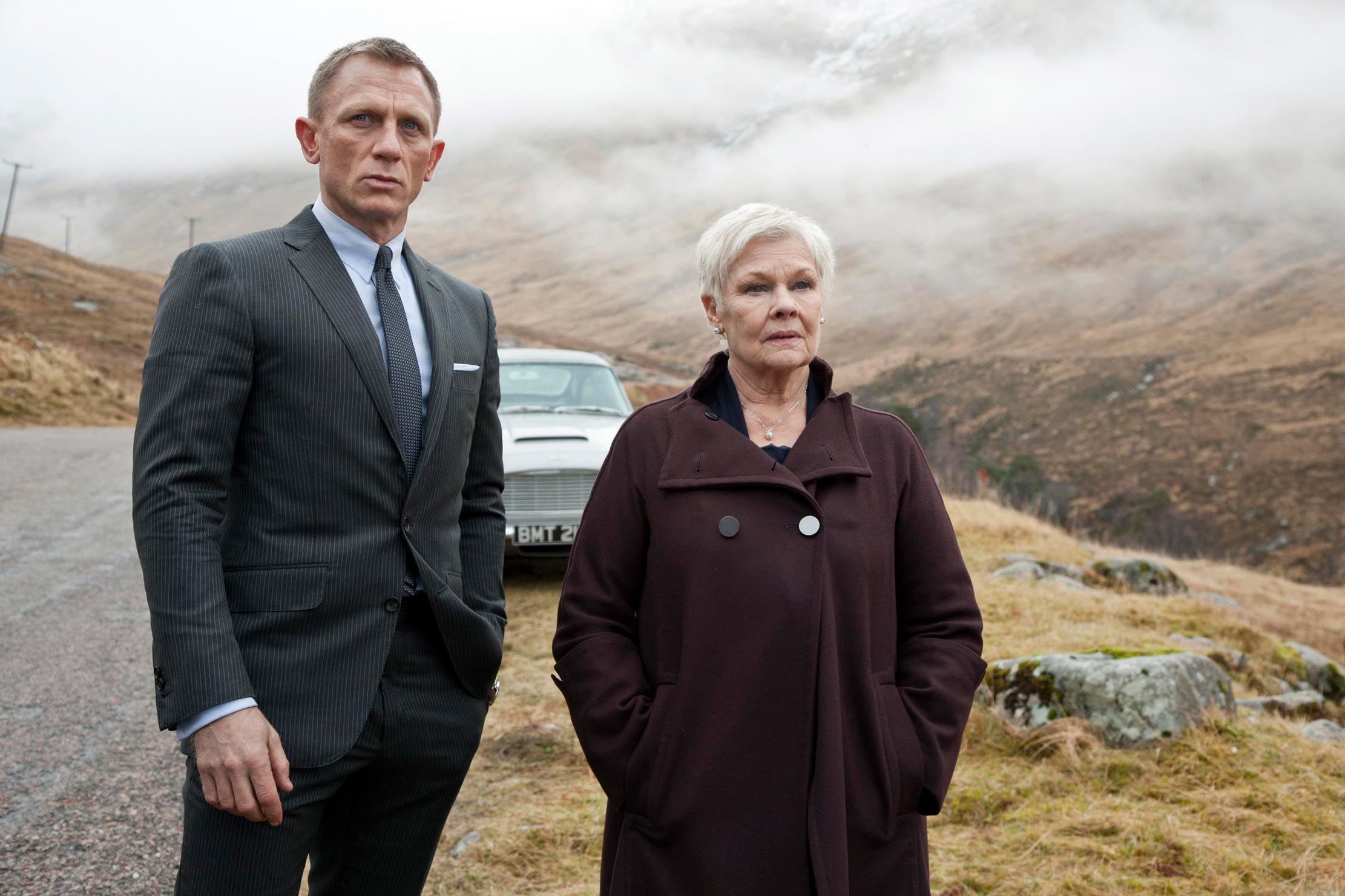
Scottish landmarks can provide backdrops for an unusual range of productions. On the Isle of Skye, the Trotternish peninsula, with its otherworldly Old Man of Storr rock outcrop, has featured in both Shakespearean drama set in the 11th century (Macbeth with Michael Fassbender, 2015) and late-21st-century sci-fi (Ridley Scott’s Prometheus, 2012).
The changeability of light and atmosphere can lend endless variety — and the occasional production headache. Clifftop Dunnottar Castle in Aberdeenshire was Elsinore in the 1990 film of Hamlet starring Mel Gibson. ‘Nice and eerie,’ he recalled. ‘The trouble is, the weather wasn’t. We came here for dark and angry weather; instead, we got Miami.’
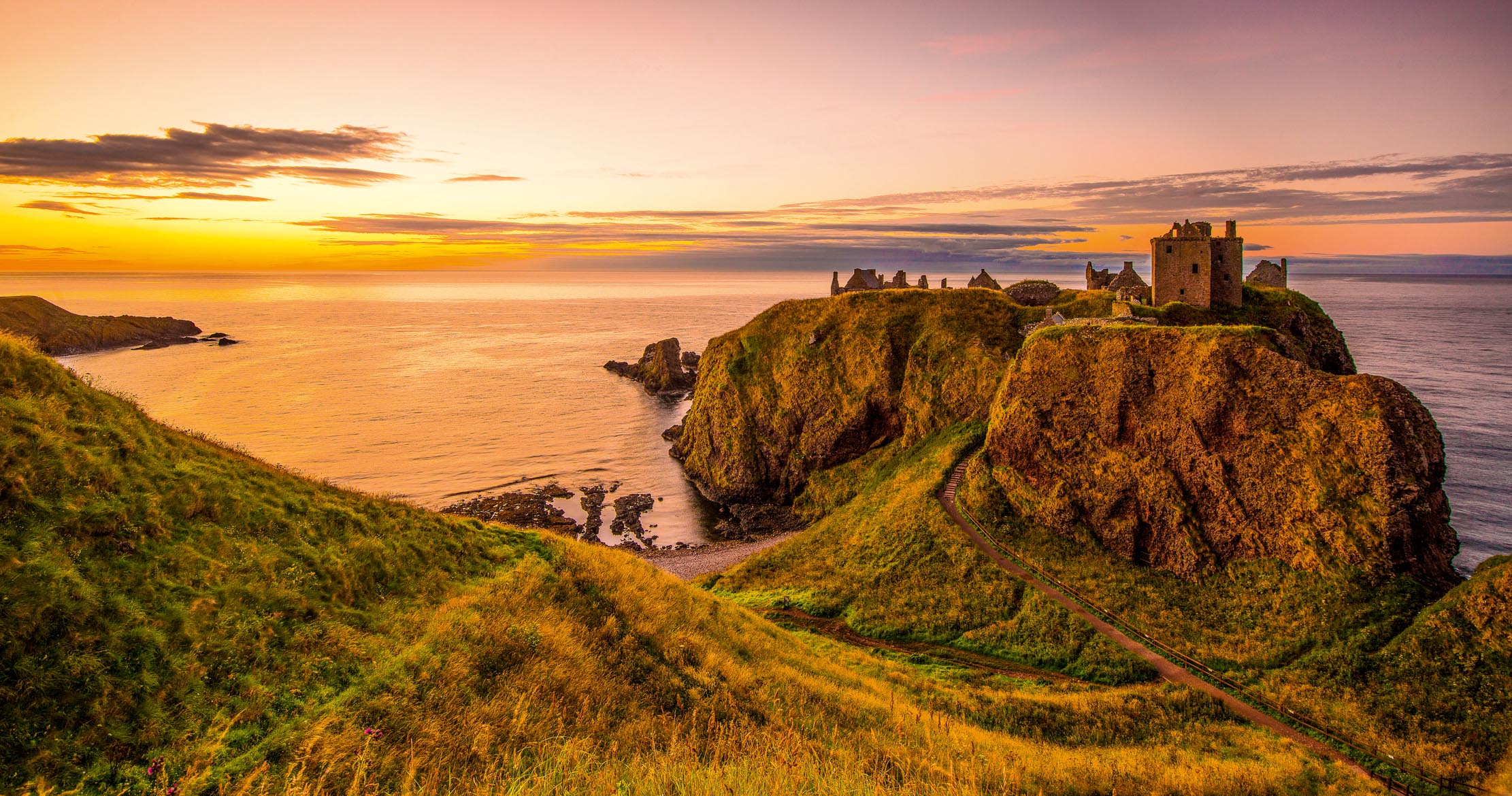
Yet the variety keeps crews of major productions coming back time after time. Scotland is a classic location choice for James Bond films, not only because of Bond’s Scottish roots (as drawn out in Skyfall, 2012), but also because of the range of production options. In the new film No Time to Die, Scotland doubles as Norway for a key chase sequence — look out for lots of Land Rovers flying between Nordic-looking pines.
These scenes were shot on the Ardverikie estate on the edge of the Cairngorms National Park, a favourite pick among location managers. The main house doubles as Balmoral for Netflix’s drama The Crown and has been seen in numerous other major productions over the years, such as Salmon Fishing in the Yemen, the 2011 romantic comedy-drama starring Scottish A-lister Ewan McGregor.
Barely do visitors enter the country before atmospheric settings appear on brooding horizons and in misty valleys. Five miles from the border is the stirring sight of Hermitage Castle, the fortress used in Mary, Queen of Scots (1971) with Vanessa Redgrave in the title role. The real-life Queen allegedly met her lover, the Earl of Bothwell, there in the 1560s.
Exquisite houses, the beauty of Nature, and how to get the most from your life, straight to your inbox.

Further up the A698 lies spectacular Floors Castle, home to the Duke of Roxburghe, which accommodated the Earl of Greystoke in Greystoke: The Legend of Tarzan, Lord of the Apes (1984). A little further north are imposing Duns Castle and Manderston house, locations for Mrs Brown (1997), the touching portrayal of the widowed Queen Victoria (played by Dame Judi Dench) and her loyal Balmoral servant John Brown (Sir Billy Connolly).
Dame Judi’s costume was rather more modern when she played M in Bond thriller Skyfall, shot in Glen Etive in the Highlands, an area, together with Glencoe, in which the family of Bond creator Ian Fleming are landowners. Following the success of Sir Sean Connery in the early films, Fleming gave 007 more of a Scottish backstory — notably a father from Glencoe — thus Daniel Craig’s Bond came to be staring enigmatically into the misty glen, alongside M and his moisture-beaded Aston Martin DB5. Eyeing the stills, one can hear the burns trickling and gurgling.
The scene was reportedly shot on a cold February day, not that you’d know it from Bond’s besuited, resolute stance. Equally unaffected by inclement weather was Braveheart, the rebel knight Sir William Wallace, memorably played by Mr Gibson in 1995. Much of Braveheart was filmed in Ireland, but Glencoe and Glen Nevis conspicuously feature. The village of Lanark, where the young William grows up and falls in love, was built in Glen Nevis valley at the foot of Ben Nevis. The set was dismantled after filming wrapped, but the Braveheart Car Park, constructed to service the location, remains.
The worldwide popularity of Braveheart and its five Oscars (including Best Picture) helped other swashbuckling historic tales to be made in the subsequent quarter-century. Notable recent examples include the Netflix feature film Outlaw King (2018), with Chris Pine as Robert the Bruce, and the popular streaming show Outlander (2014–), in which a Second World War nurse falls back through time to the era of the turbulent Jacobite rising. With all of this exploration of time travelling and folklore, it’s no wonder Scotland was chosen for the most magical film series of all, ‘Harry Potter’ (2001–2011).
Many of the adaptation choices reflected the sensibilities of Potter’s Scottish-resident creator, J. K. Rowling, but series producer David Heyman apparently required little persuasion — certainly not when it came to Glencoe. ‘You can’t find that landscape anywhere else,’ he marvelled. ‘It’s one of the most beautiful places I’ve ever been to, anywhere in the world.’ The site of Hagrid’s Hut is but five minutes’ walk from the famous Clachaig Inn.
An hour to the north of Glencoe (by ‘muggle’ car) is the dramatically curving Glenfinnan railway viaduct, which lent itself to one of the best-loved scenes from the films, in which Harry hangs from the open door of Ron Weasley’s flying Ford Anglia above the hurtling Hogwarts Express.
During the summer season, visitors can enjoy a ride on the ‘Jacobite’ steam train that operates here. More regular services will be required for Corrour, the UK’s highest and most remote train station, a lone, single-platform affair up on the edge of Rannoch Moor, beside which Mr McGregor’s character declaims the merits of being Scottish in Trainspotting (1996).

Scottish railways and related props have served some of the stand-out feature films of cinema history. Native Scot John Buchan sent his everyman character Richard Hannay from London to Scotland in The Thirty-Nine Steps and Alfred Hitchcock’s 1935 adaptation used the Forth Bridge — ‘that monument to Scottish engineering and Scottish muscle,’ as Hannay says in the film — for a key unscheduled stop. For the 2008 BBC remake with Rupert Penry-Jones, train-station scenes used Glasgow’s Kelvingrove Art Gallery and Museum.
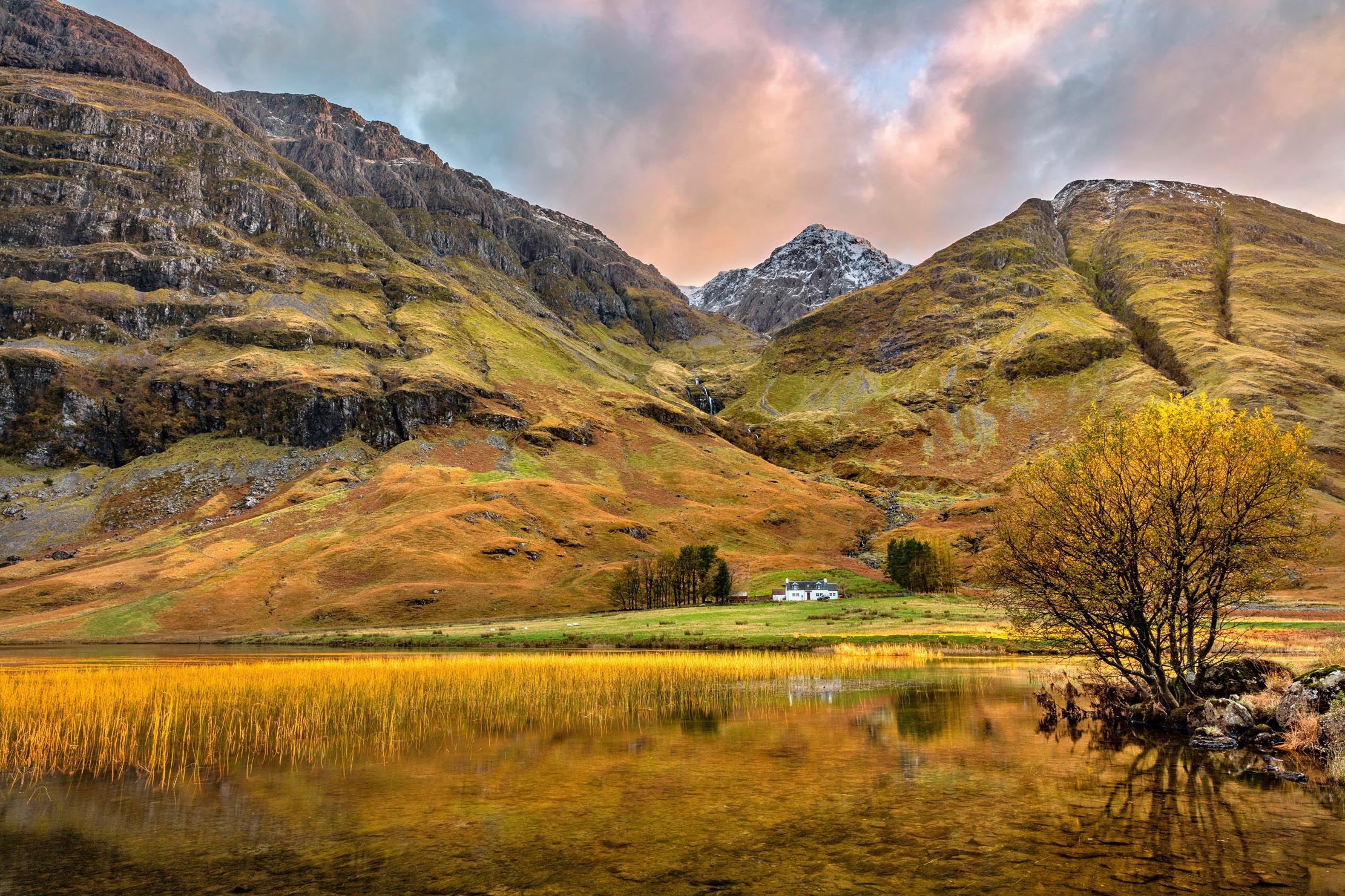
Glasgow and Edinburgh have proven especially versatile. Glasgow’s grid street layout has let it stand in for various American cities, including New York in the upcoming ‘Indiana Jones’ film; Edinburgh has often doubled for its sister capital south of the border, notably in period dramas such as Julian Fellowes’s Belgravia (2020).
Chariots of Fire (1981) is best remembered for the scene in which the lead characters run euphorically along a windswept beach to Vangelis’s score (shot on St Andrews’s West Sands).

It wasn't the only stand-in. The equally wonderful scene in which Harold Abrahams gets to know stage star Sybil Gordon in a rarefied London restaurant was, in fact, shot in Edinburgh’s Cafe Royal off St Andrew Square.
Today, Edinburgh is home to FirstStage Studios, a new state-of-the-art production facility co-led by Jason Connery (Sir Sean’s son). It is the base for The Rig, commissioned by Amazon and currently shooting. A tense drama set on an oil platform, featuring Line of Duty’s Scottish star Martin Compston, it continues the rich storytelling traditions and inventive use of local resources that long ago secured this nation’s place on the screen. To be continued, as they say…
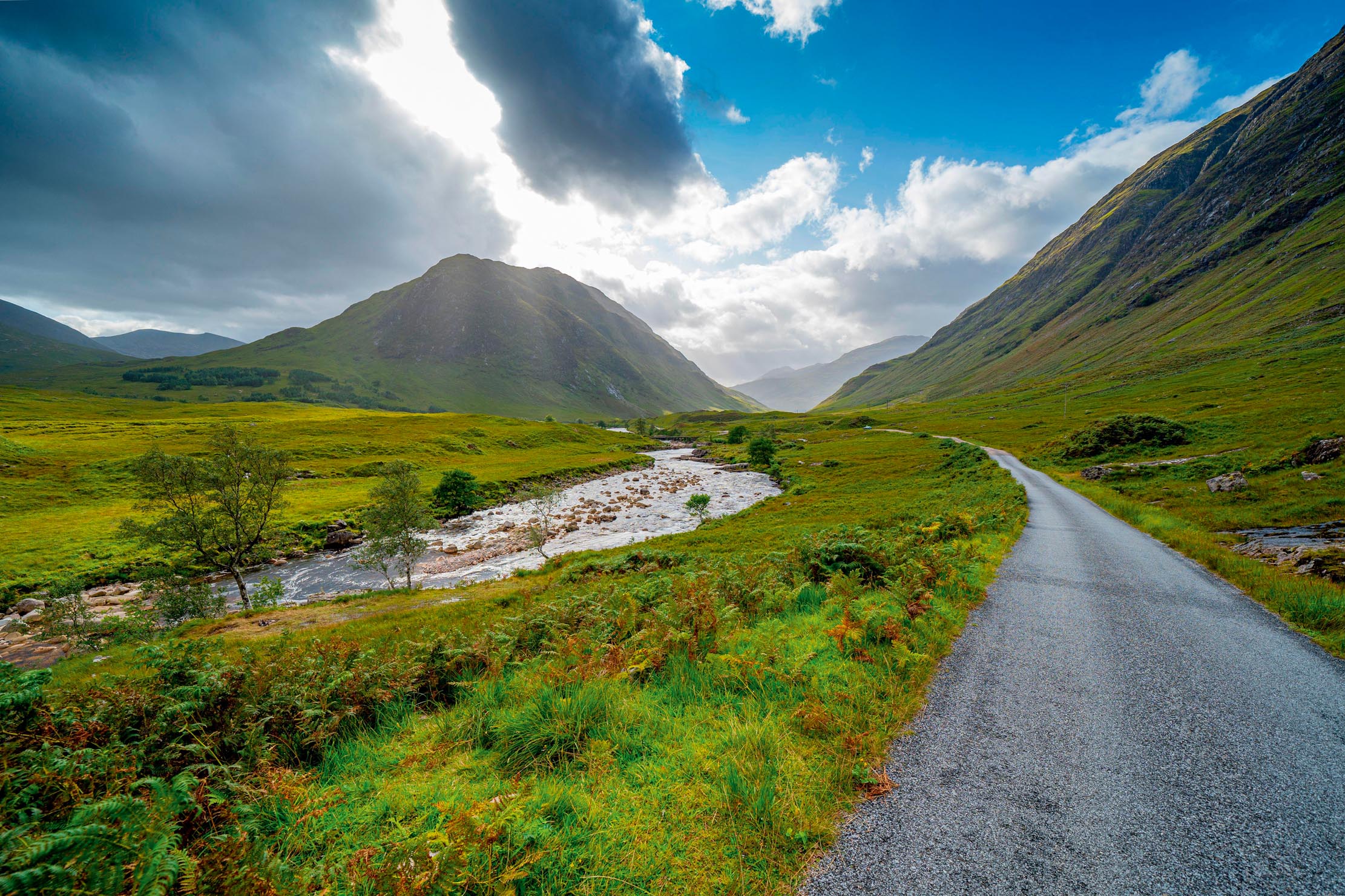
More of Scotland's starring roles
- It’s no surprise that Scotland is used as a stand-in for Norway, given the geographical similarities — Bond film No Time to Die is but the latest to take advantage. The 1964 war film 633 Squadron, known for its rousing score, used Lochgilphead as a Norwegian town, with the heroes striving to destroy a northerly German rocket-fuel plant.
- To the west of Lochgilphead, on Loch Craignish, the Bond production crew shot the climactic boat-chase sequence of From Russia with Love (1963), starring Sir Sean Connery and Daniela Bianchi. It is supposed to be the Gulf of Venice, but, once again, we shouldn’t be surprised: the west coast benefits from the Gulf Stream, which allows palm trees to grow in towns such as Plockton and sub-tropical flora to thrive in gardens including Inverewe.
- The two ‘auld alliance’ countries Scotland and France have helpful likenesses: Glasgow’s Govan Graving Docks doubled as war-torn northern France in Sam Mendes’s Oscar-winning 1917 (2019) and Drummond Castle Gardens in Perthshire stood in for the gardens of the Palace of Versailles in the television series Outlander (2014–).
- Glasgow’s grid layout has enabled it to imitate American cities from New York (Patrick Melrose, 2018, starring Benedict Cumberbatch) to San Francisco (Cloud Atlas, with Tom Hanks and Halle Berry in the 2012 adaptation of David Mitchell’s novel). Scotland has also doubled up as the Green Mountains, Vermont, where Flash Gordon — in the 1980 namesake movie — first confronts Ming the Merciless above a Dark Harbor airstrip, actually shot using the Isle of Skye’s Broadford Airfield.
- The Outer Hebrides are perhaps best known on screen for Alexander Mackendrick’s classic comedy Whisky Galore! (1949), in which a ship carrying the water of life fortuitously runs aground; it was made almost entirely on the island of Barra, only a stone’s throw from Eriskay, setting for the real-life inspiration. Less well known is that the Isle of Harris served as the surface of Jupiter for Stanley Kubrick’s monumental 2001: A Space Odyssey (1968).
For more details, visit www.visitscotland.com/see-do/attractions/tv-film
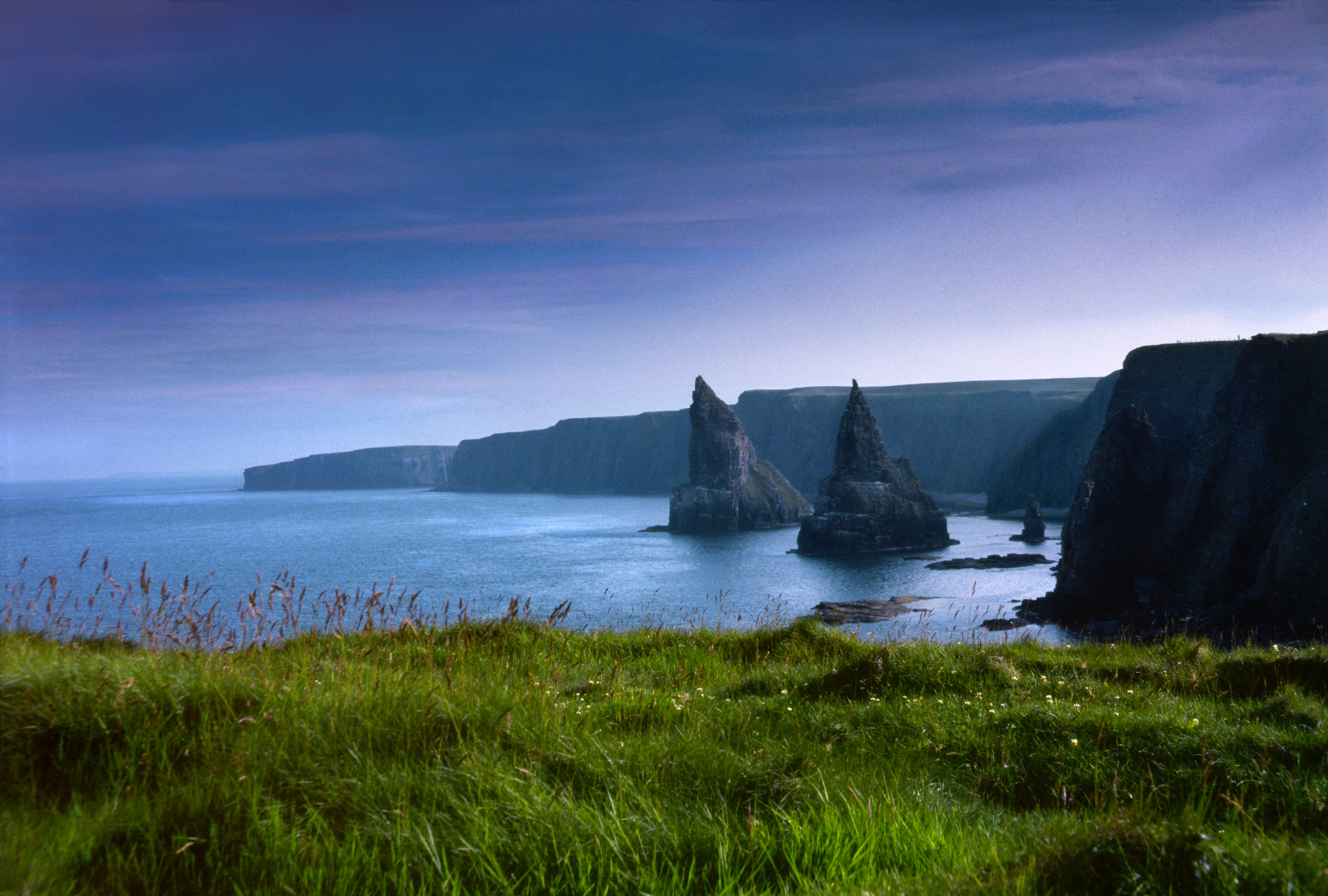
Credit: Alamy Stock Photo
'A match for anywhere in the world': Award-winning Blue Planet cameraman champions Scotland's stunning coast
Doug Allen has spoken about his unrivalled love for the Scottish seas.

The return of the golden eagle to southern Scotland: How the king of birds is set to make a comeback beyond the Highlands
Already firmly established in the Highlands, these majestic raptors are now being reintroduced in southern Scotland. Joe Gibbs investigates their
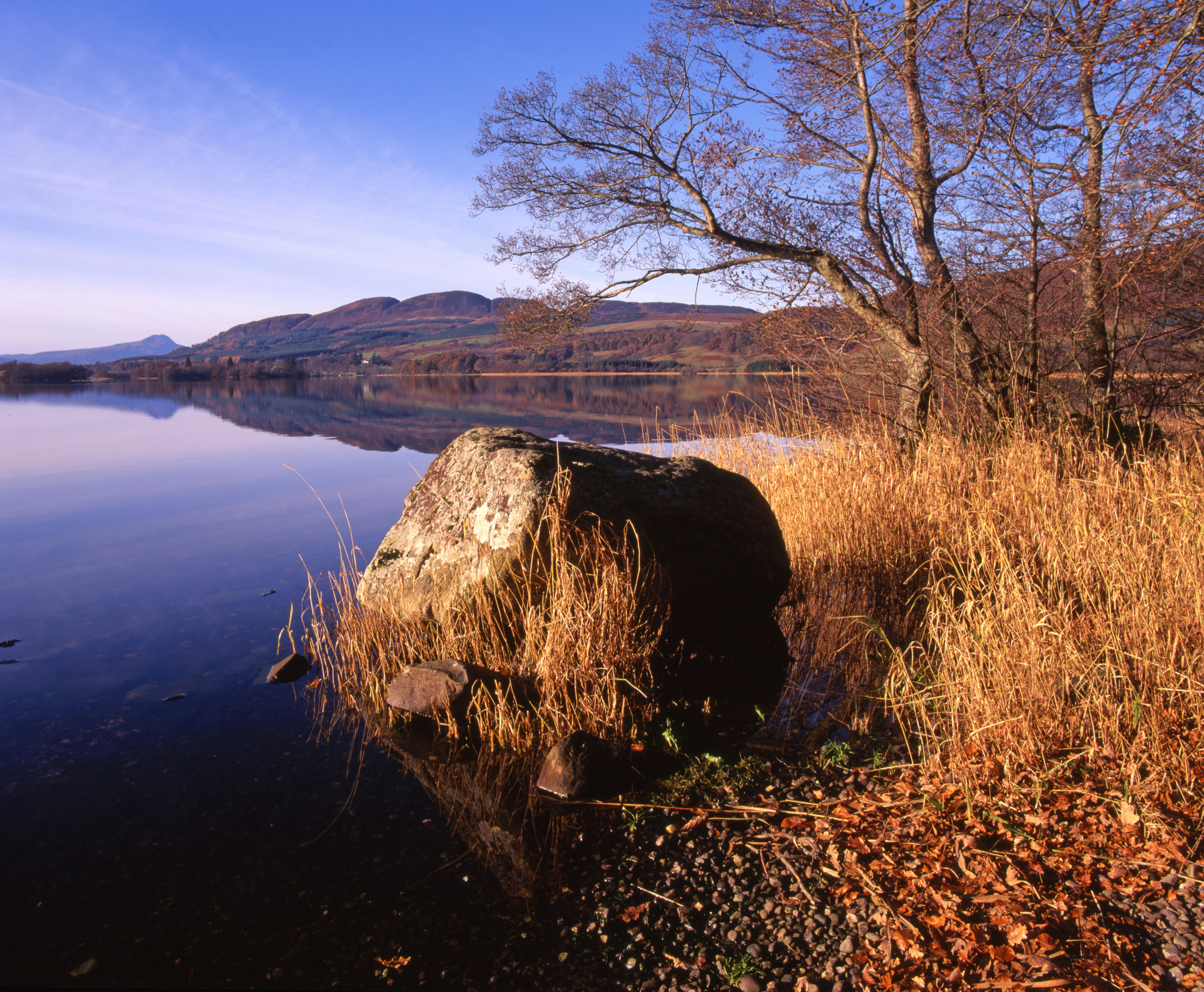
Curious Questions: Why does Scotland have 30,000 lochs, but only one lake?
A moment's reflection on a cancelled pub quiz gets Martin Fone wondering about Scotland's only lake.

Credit: Richard Cannon/Country Life PIcture Library
The Devil’s Horsemen: The stallion who's starred in Game of Thrones, Wonder Woman and The Crown
Octavia Pollock visits Camilla Naprous of The Devil’s Horsemen to find out more about the horses they train for film.
Country Life is unlike any other magazine: the only glossy weekly on the newsstand and the only magazine that has been guest-edited by His Majesty The King not once, but twice. It is a celebration of modern rural life and all its diverse joys and pleasures — that was first published in Queen Victoria's Diamond Jubilee year. Our eclectic mixture of witty and informative content — from the most up-to-date property news and commentary and a coveted glimpse inside some of the UK's best houses and gardens, to gardening, the arts and interior design, written by experts in their field — still cannot be found in print or online, anywhere else.


